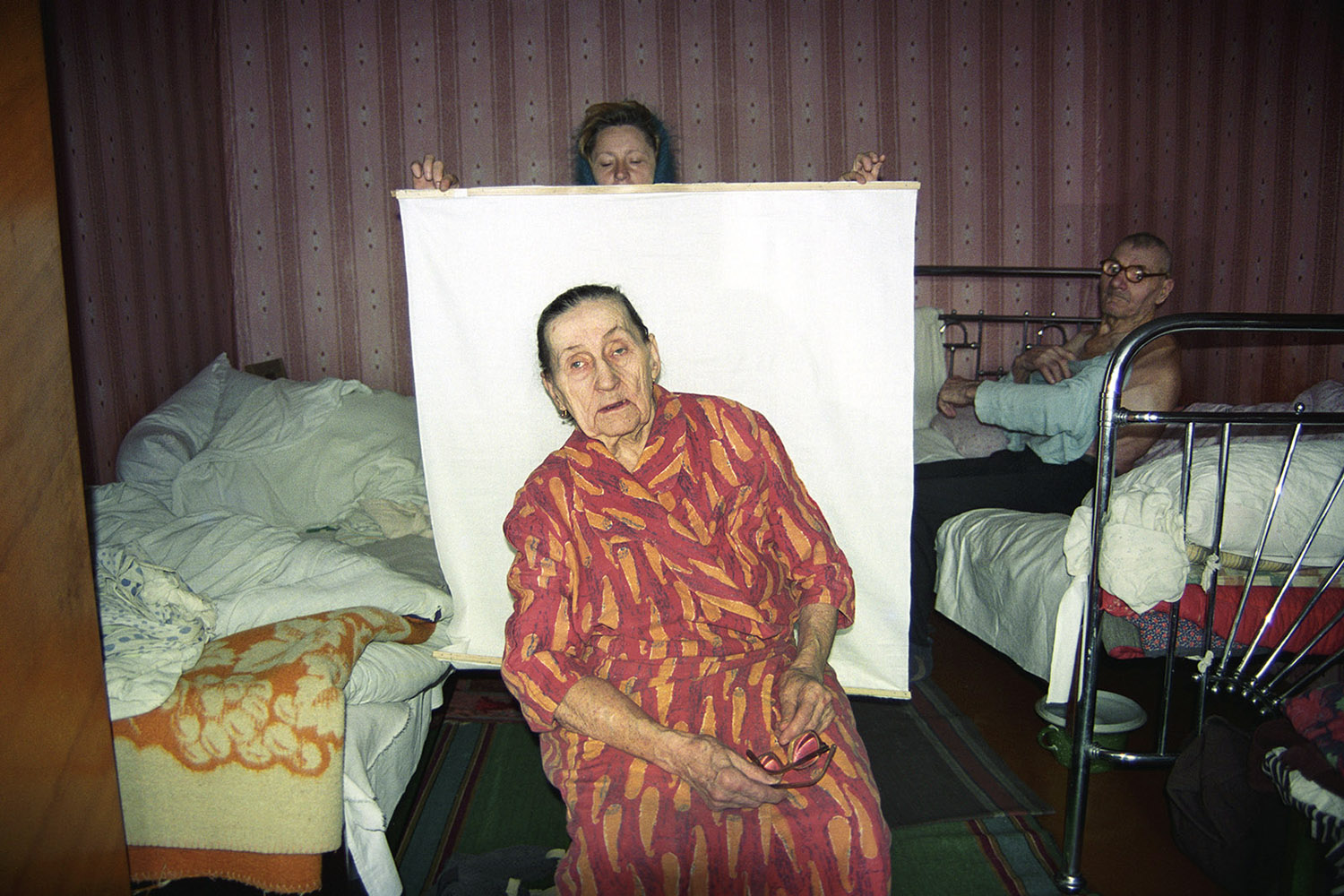
In 1994, the local government in the city of Luhansk, in eastern Ukraine, found itself in need of a photographer. The Soviet Union had just collapsed a few years earlier, and like all of its newly independent states, Ukraine had to go through the process of issuing new passports to all of its citizens, roughly 50 million of them. As if that wasn’t enough of a problem, many of those citizens were shut-ins, elderly and bedridden, and in order to take their passport pictures someone had to go around making house calls with a camera. In Luhansk, one of the officials knew a guy who knew a guy who worked at a local photo studio. His name was Alexander Chekmenev. So that’s who got the job.
Had it gone to another candidate, the result would probably have been nothing more than a stack of tiny portraits, monochromatic and blank as the portable background against which they were taken. But Chekmenev, who was 25 at the time, turned the project into a study of life and death in the Soviet Union.
Over the course of the following year, he and a couple of social workers went around the Shanghai neighborhood of Luhansk, a cluster of weathered old cabins built in haste during World War II, and photographed the elderly people who lived there. Most of them had been born at roughly the same time as the Bolshevik Revolution of 1917, so their lives had spanned the course of the entire communist experiment and were, in many ways, a reflection of its outcome. What Chekmenev captured was the life these people ended up with when that experiment failed.
The series, which he titled Passport, can be difficult to look at, even painful. The squalor of these rooms and the people who inhabit them, surrounded by everything they own, provokes the urge to apologize and turn away, as if the viewer had stumbled onto something that was just too sad and private for the eyes of strangers. That is the reaction Chekmenev wanted to challenge.
“There was this rule in the Soviet Union that the actual conditions of life should be kept hidden, like they were something shameful,” he says. “What was shown in public were the made-up faces of officials and celebrities, or the smiling masses on parade. But that was not the reality of where we lived.”
In Soviet dogma, the idea of sacrifice was paramount, but the suffering it caused was taboo. Soviet citizens were asked to believe that eventually a communist utopia would dawn, maybe in five years, maybe in fifty, and alleviate all hardship. But until then, they were supposed to persevere – “equal in poverty,” the saying went – with official emphasis on the fact that they were equal and not the fact that they were poor.
People were, for the most part, aware of what they lacked. They understood that toilet paper shortages are not the mark of a viable economy, and that cramming three families into a communal apartment is not a reasonable way to live. Homo Sovieticus was not a race of fools. But no one felt any particular desire to draw attention to these truths, let alone capture them in a series of photographs, because to do so would mean confronting the fact that the experiment had failed and all these years of deprivation were for nothing. Some people in the Soviet Union had the courage to admit that, at least to themselves. Chekmenev wanted to document it.
For all of his life, he had watched his father go to work each day in the same factory – the Lenin Ammunition Plant in Luhansk, which produced bullets – and after retirement he had almost nothing to show for it. “That was the deal,” says Chekmenev. “You let the state suck all the life out of you, and then it leaves you at the end with the absolute minimum, some bread, some milk, some pills for your pain. That is your final reward.”
So on a personal level, Passport was meant as a repudiation of the system that had ground up Chekmenev’s father like the millions of others who’d been caught in its gears. It was a statement of refusal to follow his father’s path, and it delivers that message like a punch to the gut. But the photographs in this series go well beyond that political dimension. The perspective they offer on death, and the way each individual deals with its proximity, manages to transcend the social and historical context in which these photos were taken.
In one of them, Chekmenev shows a woman who had bought herself a casket, placed it on top of the two-tiered bed where she slept, and sat down beside it to have her picture taken when Chekmenev arrived with his camera. There was nothing shameful or untoward about it. The casket was part of her life.
Another man (not included in the series) had decided at the age of 92 to commit suicide by vodka. Sitting at his kitchen table, he drank for many days, placing the empty bottles in the casket he had purchased for his funeral. When the casket filled up, he understood that his time had not yet come. So he sold the casket and happily continued drinking.
Such stories and characters, bizarre as they may seem, would not strike the average person in Luhansk as particularly surprising. At least during the final years of the Soviet experiment there wasn’t really any other way to keep your sanity and dignity than to shrug at death and smile at misery. That is just what people did, and as a native of Luhansk, Chekmenev grew up inside this world. What seems uncanny is his ability to step outside of it and notice the absurdities that his peers would ignore as routine.
By the time he reached his thirties, that gift had earned Chekmenev enough of a reputation in Ukraine for his style to be given a name – chekmenevshina – a term still used among local photographers to describe the blunt, unflinching presentation of subjects that polite society goes out of its way to avoid: drunken cops, convicts, the homeless, the destitute.
These are the heroes of Chekmenev’s later works, many of which have that same ability to make the viewer want to turn away. But it was Passport that earned him international acclaim and the first trip he ever took outside the former Soviet Union. In 2000, at the age of 30, he went to Switzerland to receive the top prize at the European Contest of Documentary Photography, and when the award ceremony ended, one of the organizers asked him whether he’d like to do any sightseeing. Chekmenev asked to see the local retirement home.
He didn’t take any pictures of it, but the shock of that visit still bothers him, especially when he remembers one pampered Swiss retiree who had a piano in her spacious and sun-filled room. “It makes no sense,” Chekmenev says, “that we still haven’t been able to do that for our old folks.”
And the current unrest in Ukraine probably won’t do much to help. With Moscow’s support, separatists across the eastern regions of the country, including in Luhansk, have started demanding to break away from Ukraine and come back under Moscow’s control. If they do manage to secede, the locals may find themselves having to take another country’s passport for the second time in a generation. This time, though, Chekmenev would rather sit the process out. “Except for the appearance of some Chinese appliances, our elderly live pretty much as they did twenty years ago,” he says. “I don’t want to see that again.”
Alexander Chekmenev is a photojournalist based in Kiev.
Simon Shuster is TIME’s Moscow correspondent. Follow him on Twitter @shustry.
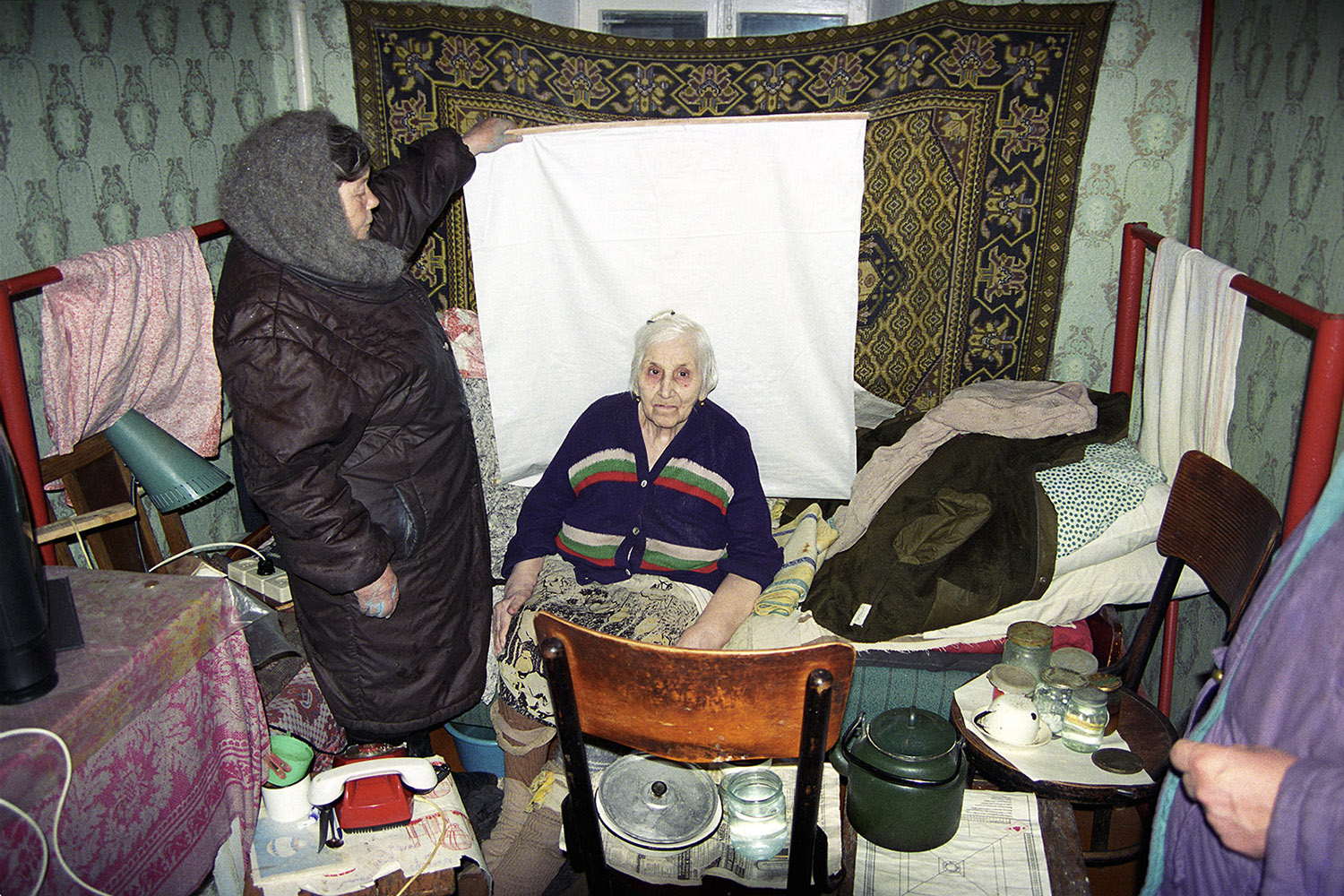

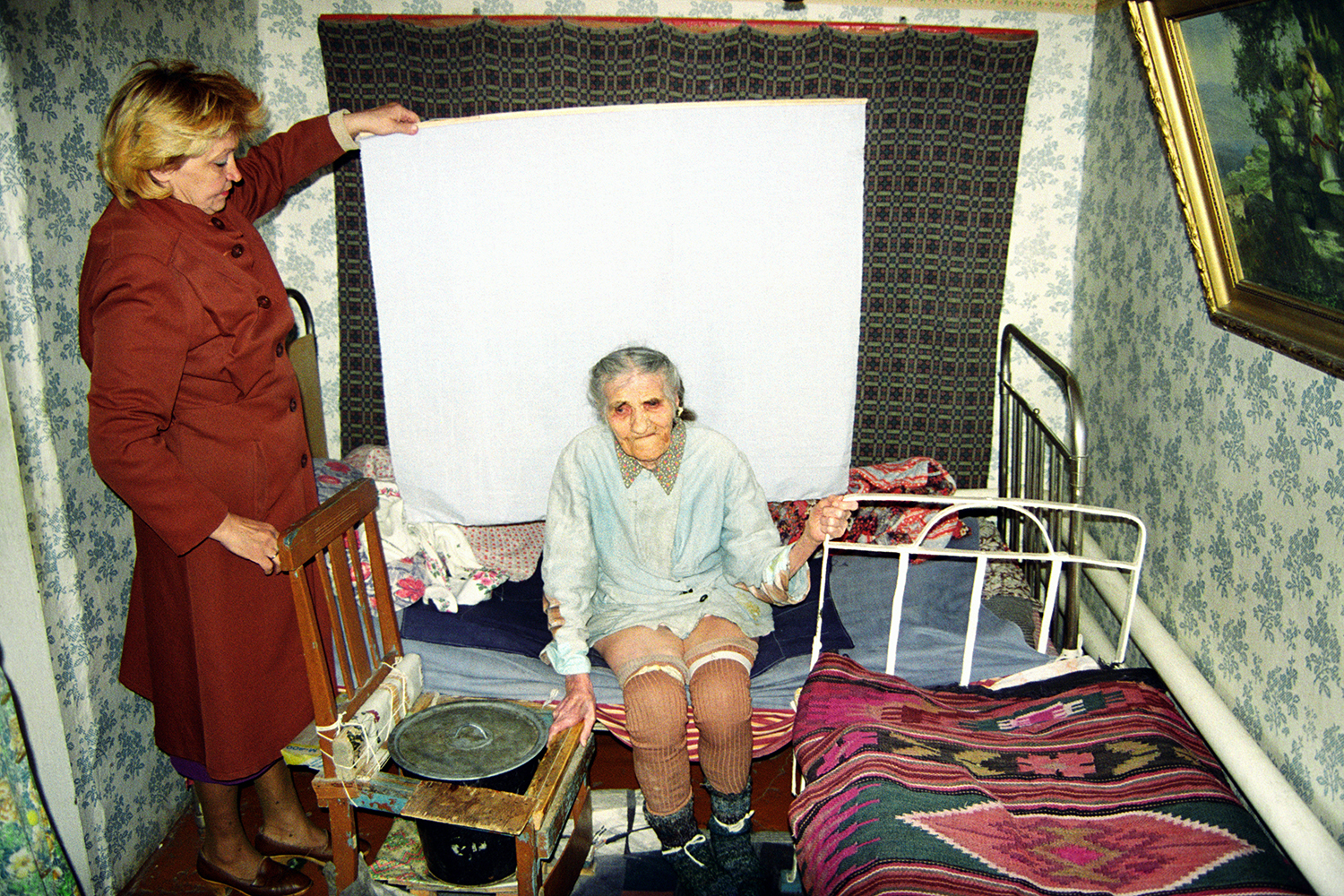
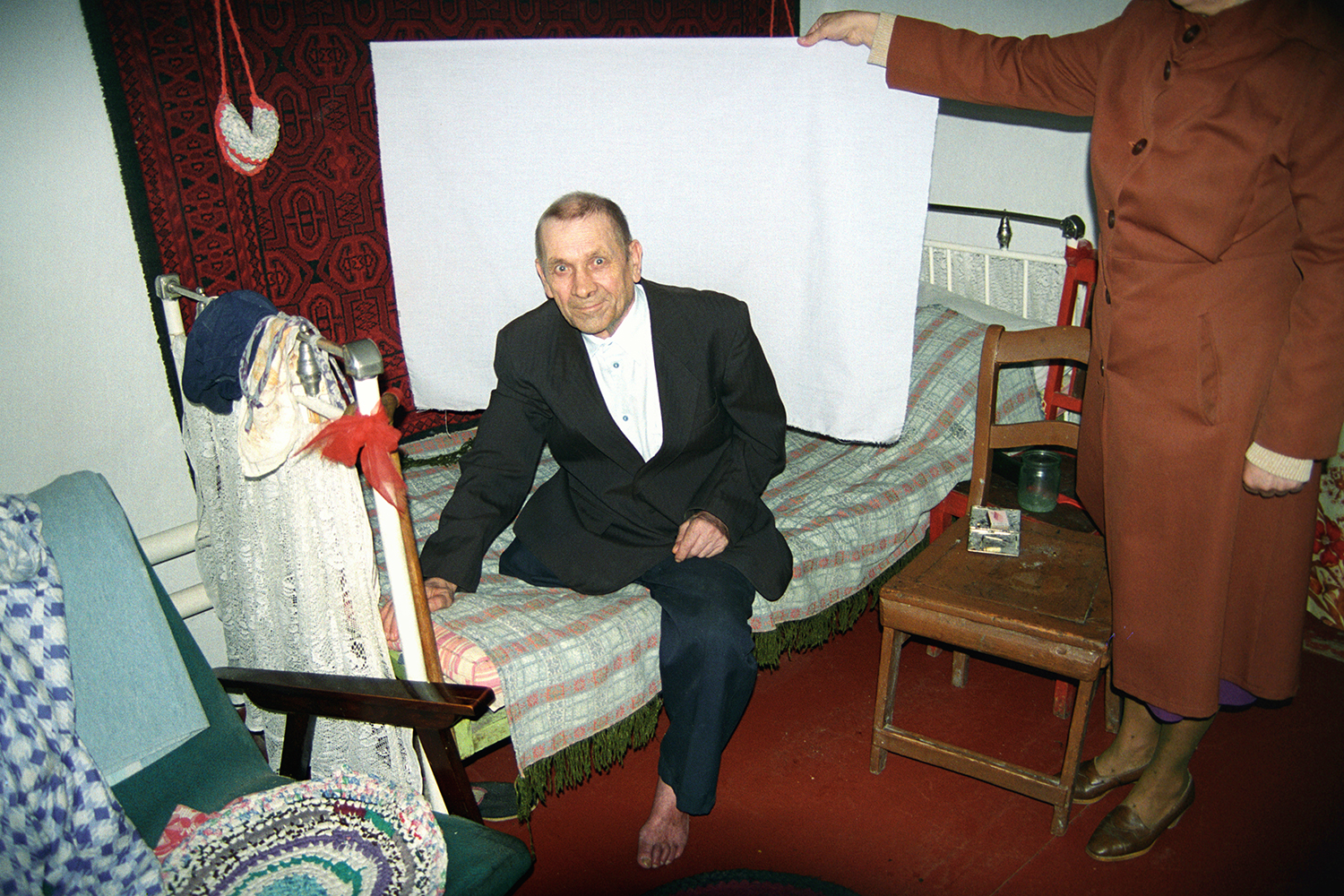


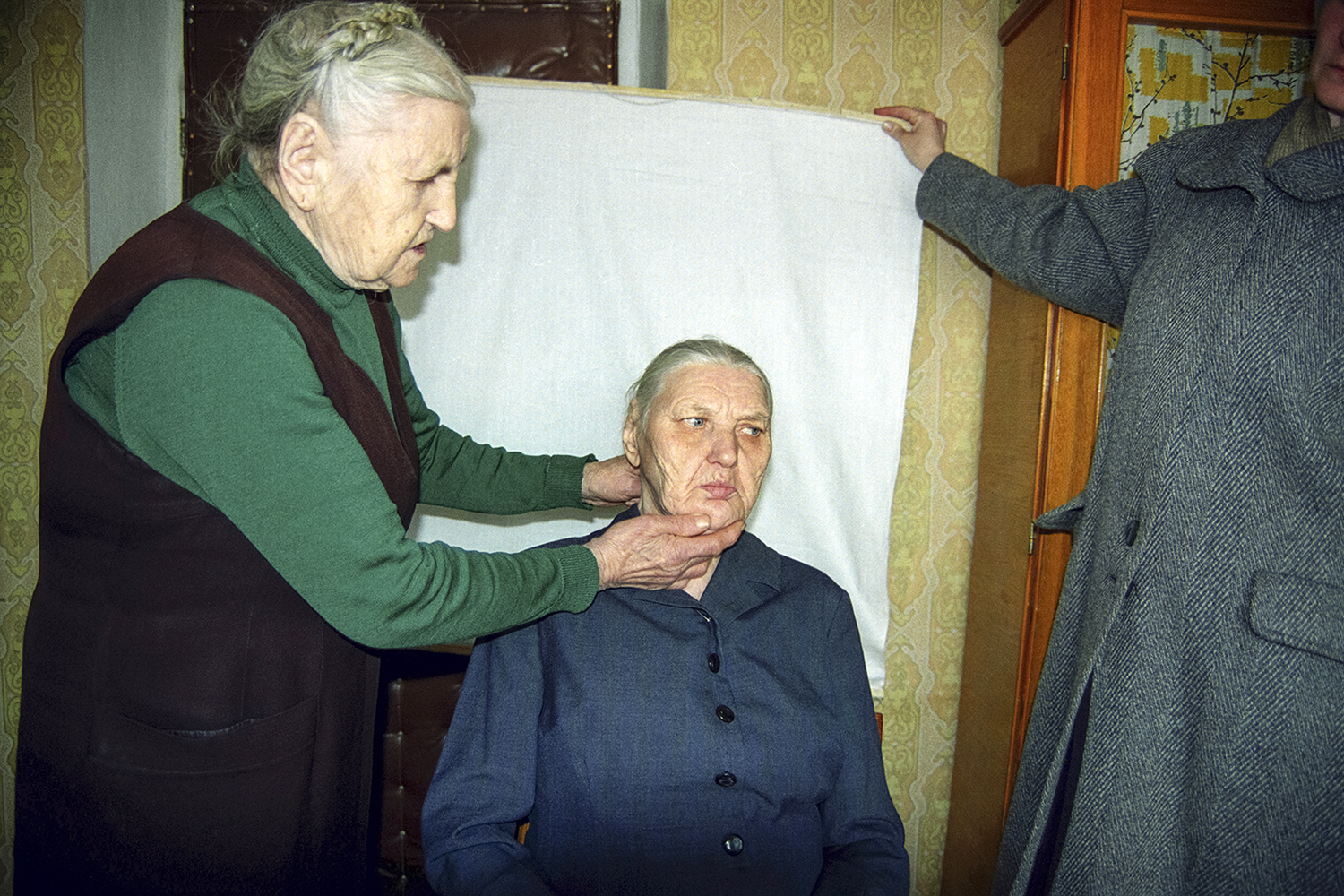


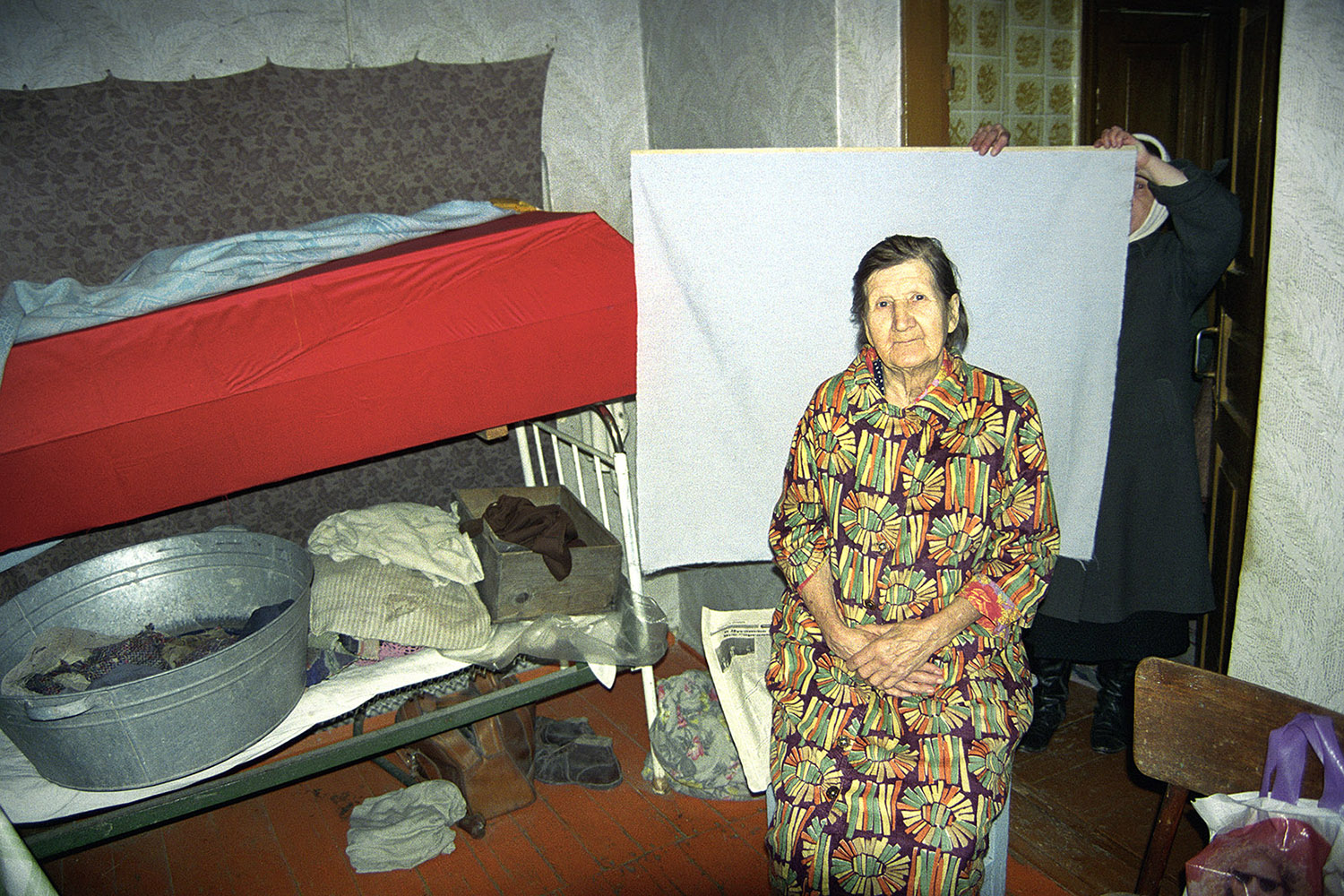


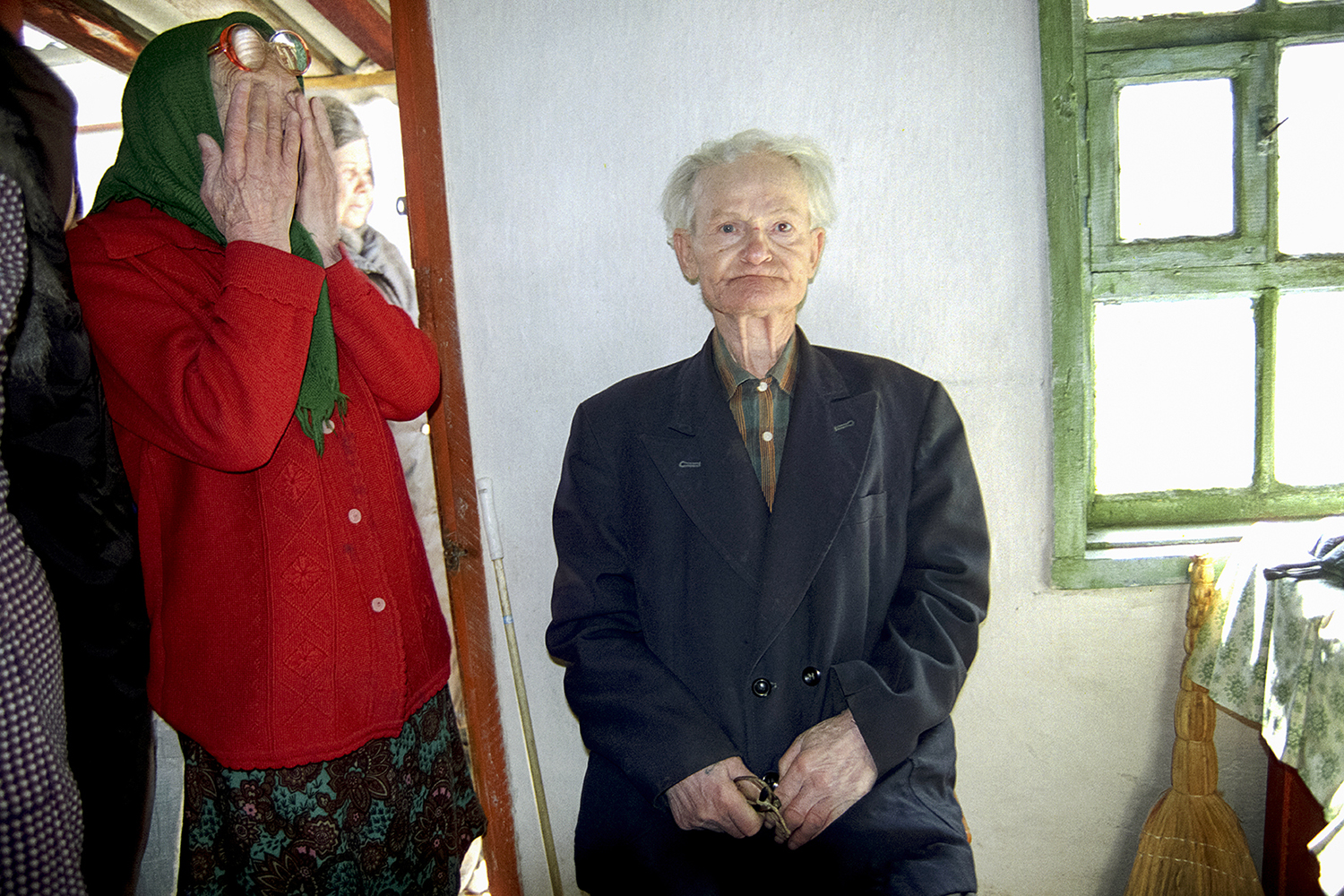
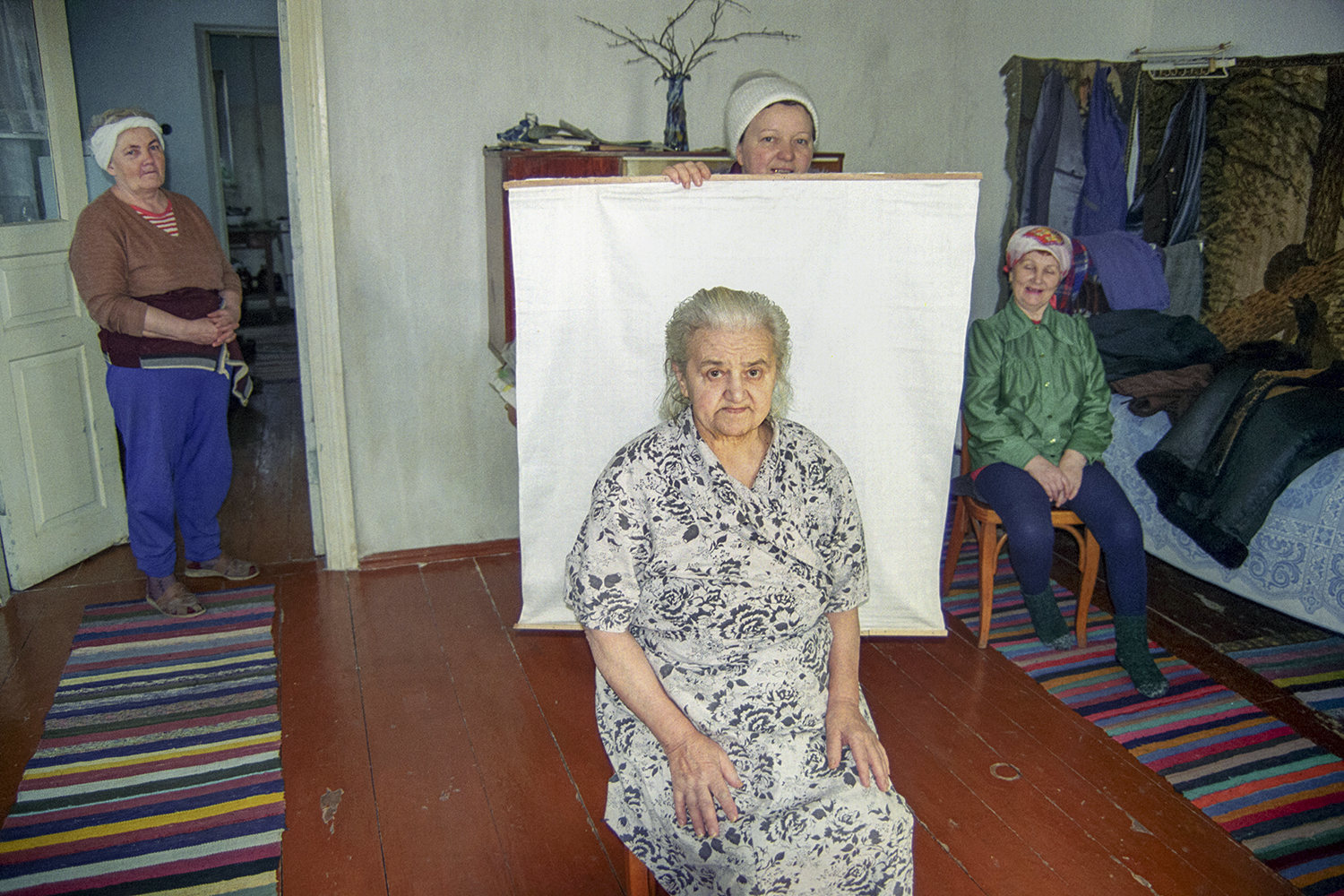


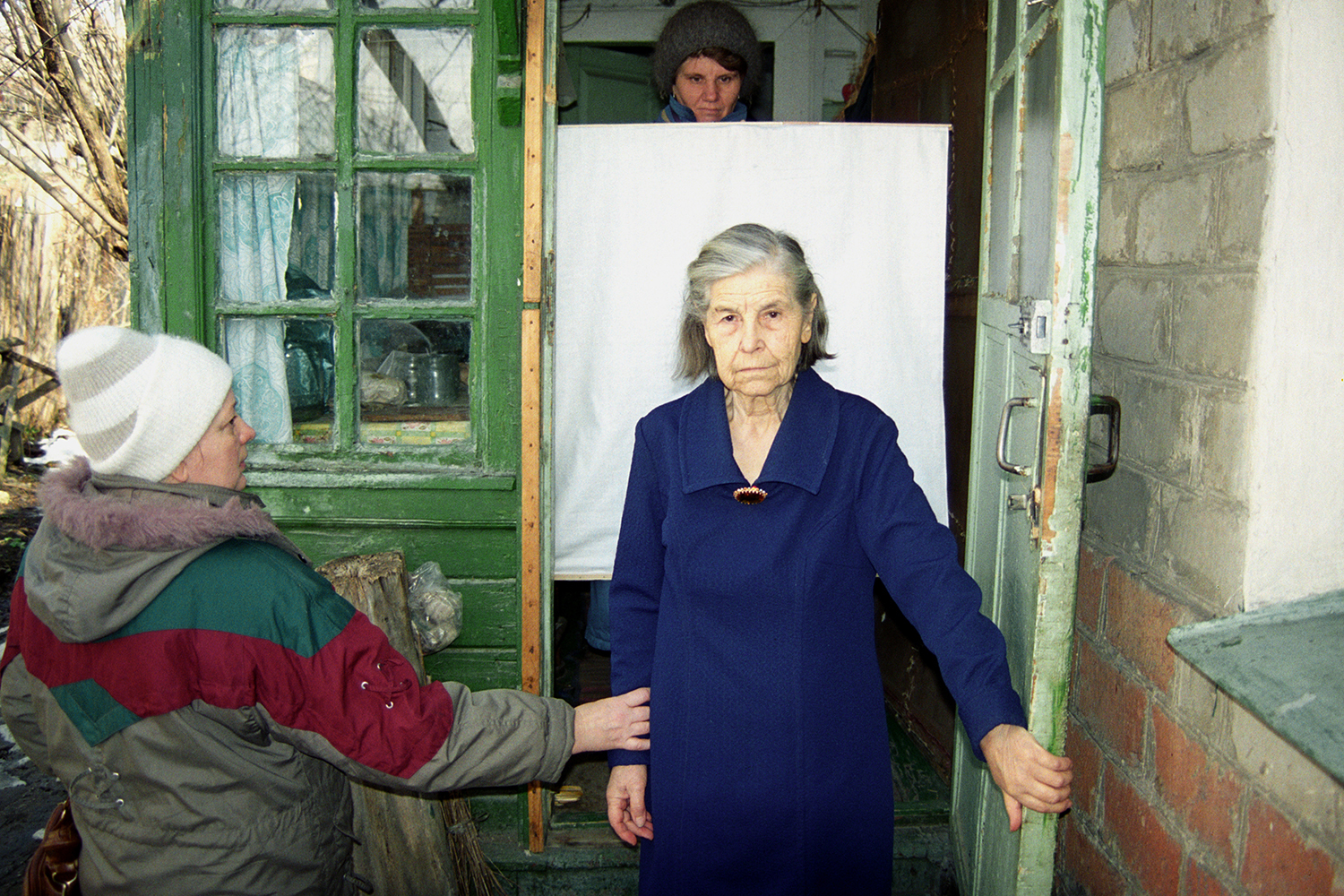




More Must-Reads from TIME
- Cybersecurity Experts Are Sounding the Alarm on DOGE
- Meet the 2025 Women of the Year
- The Harsh Truth About Disability Inclusion
- Why Do More Young Adults Have Cancer?
- Colman Domingo Leads With Radical Love
- How to Get Better at Doing Things Alone
- Michelle Zauner Stares Down the Darkness
Contact us at letters@time.com